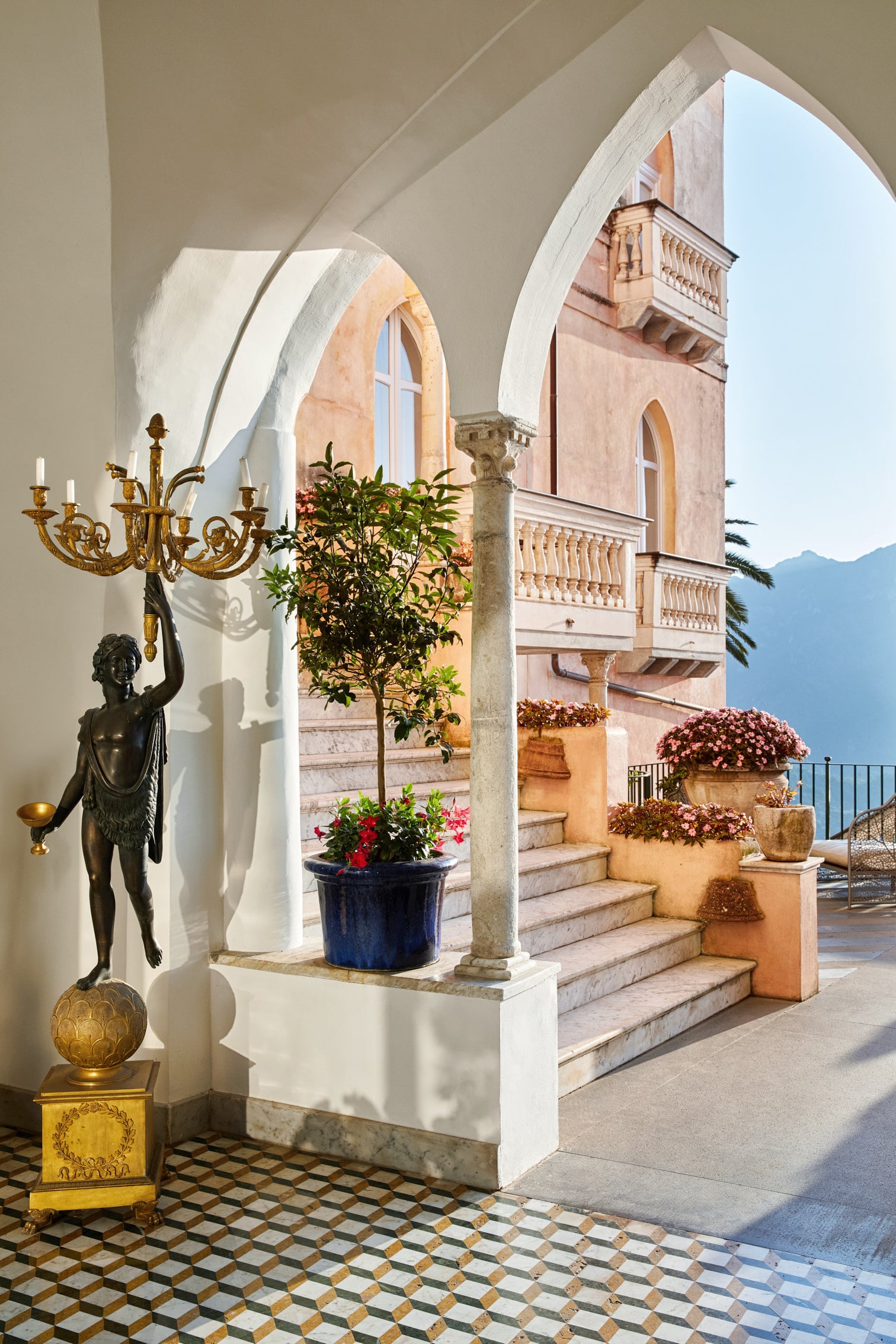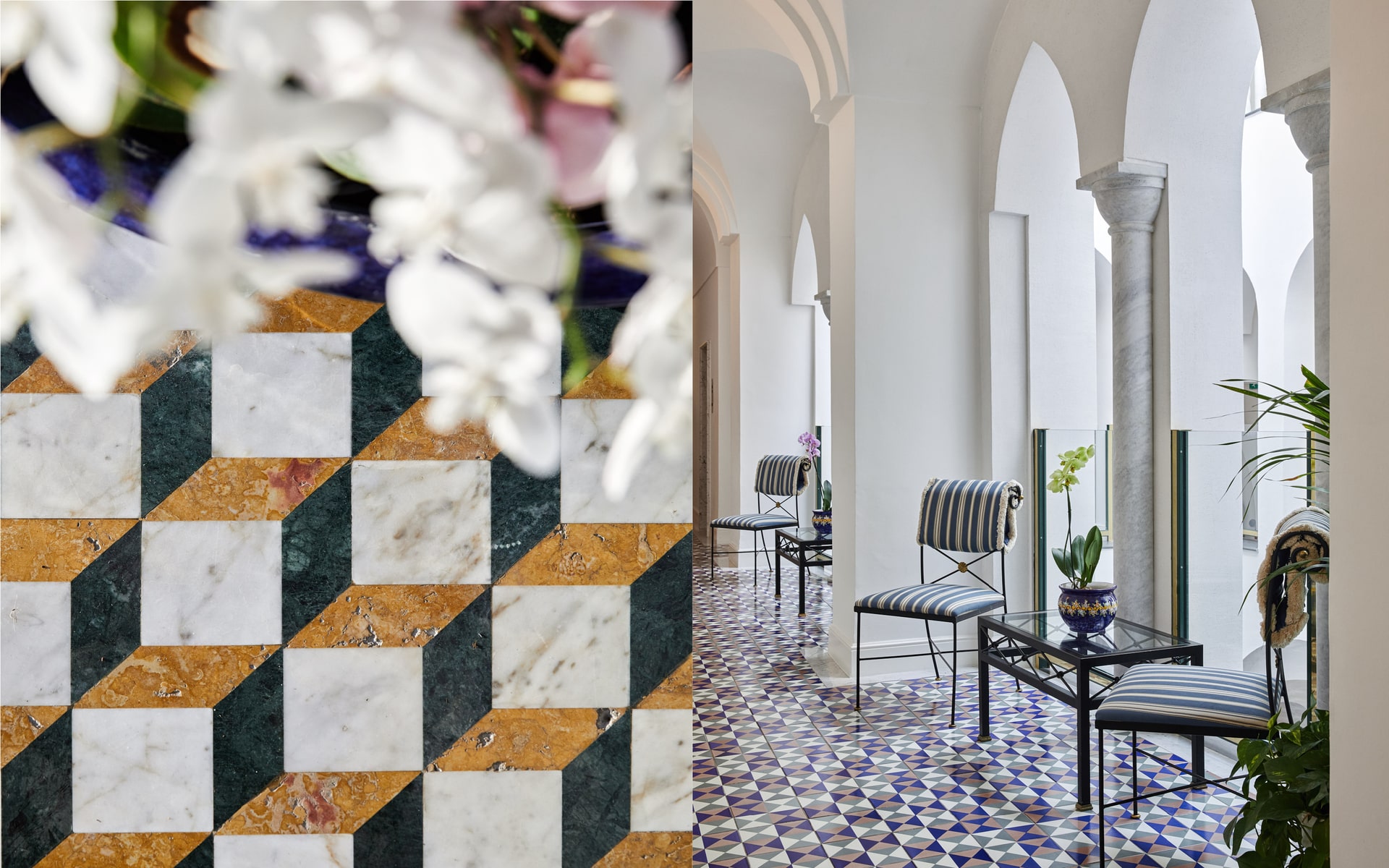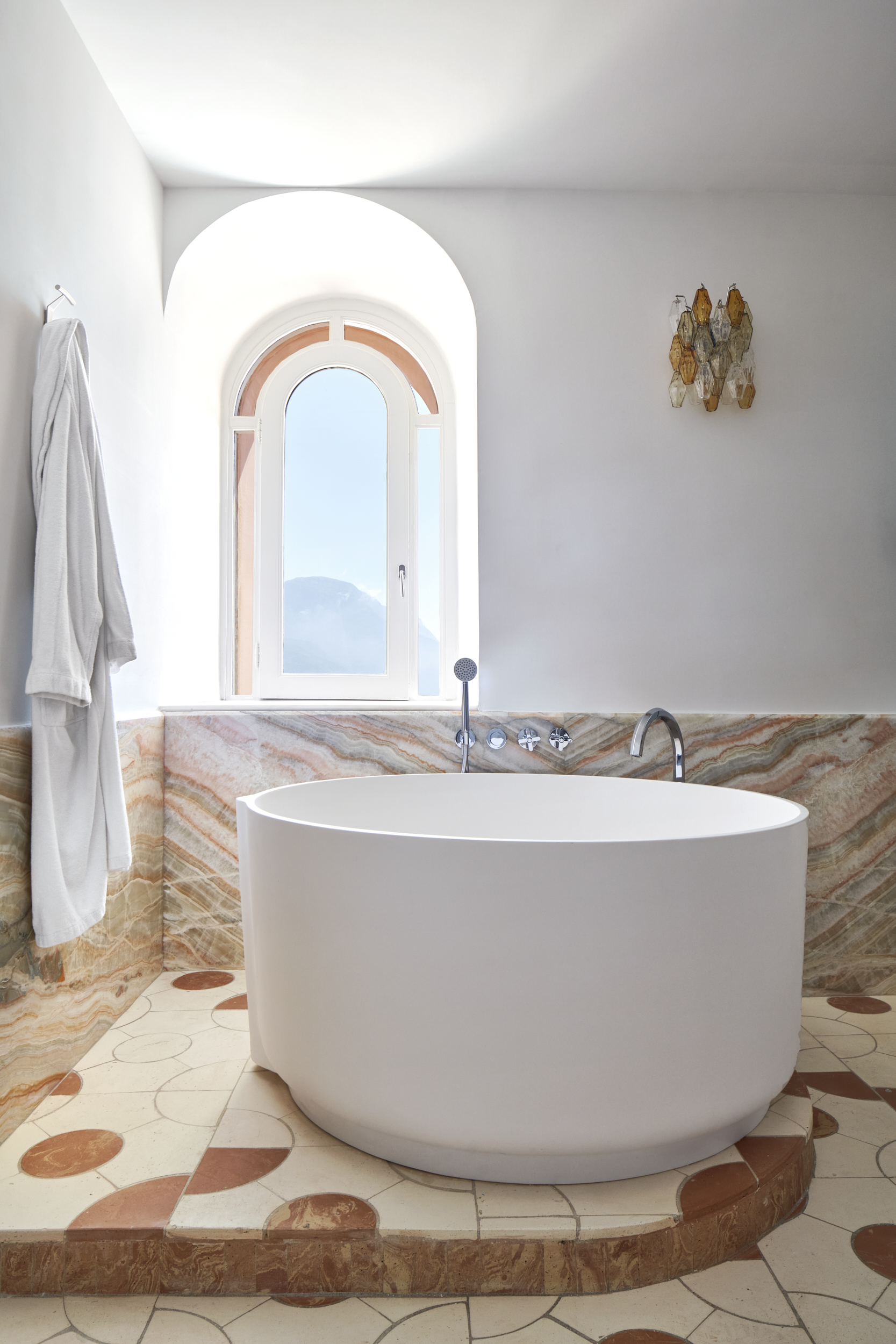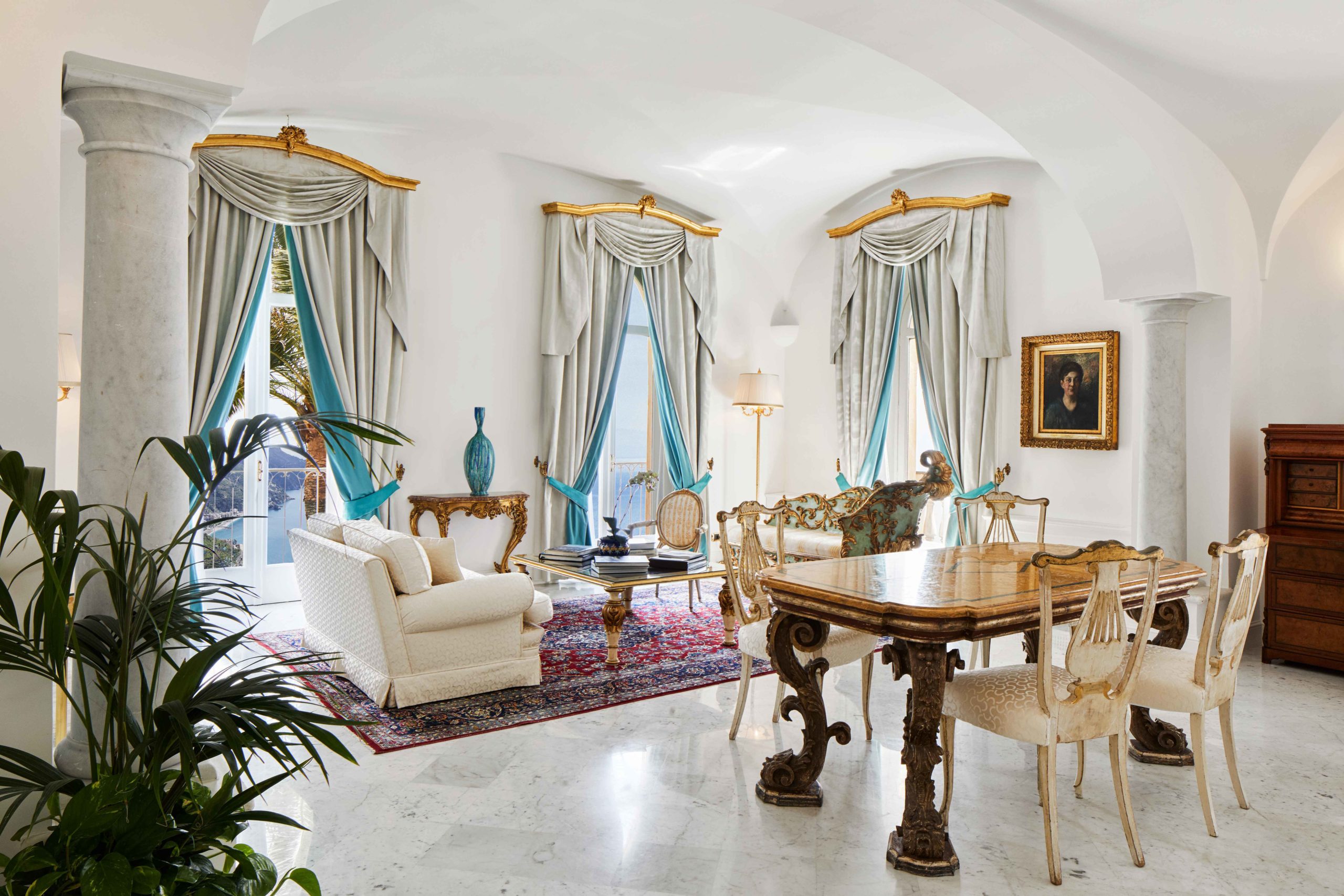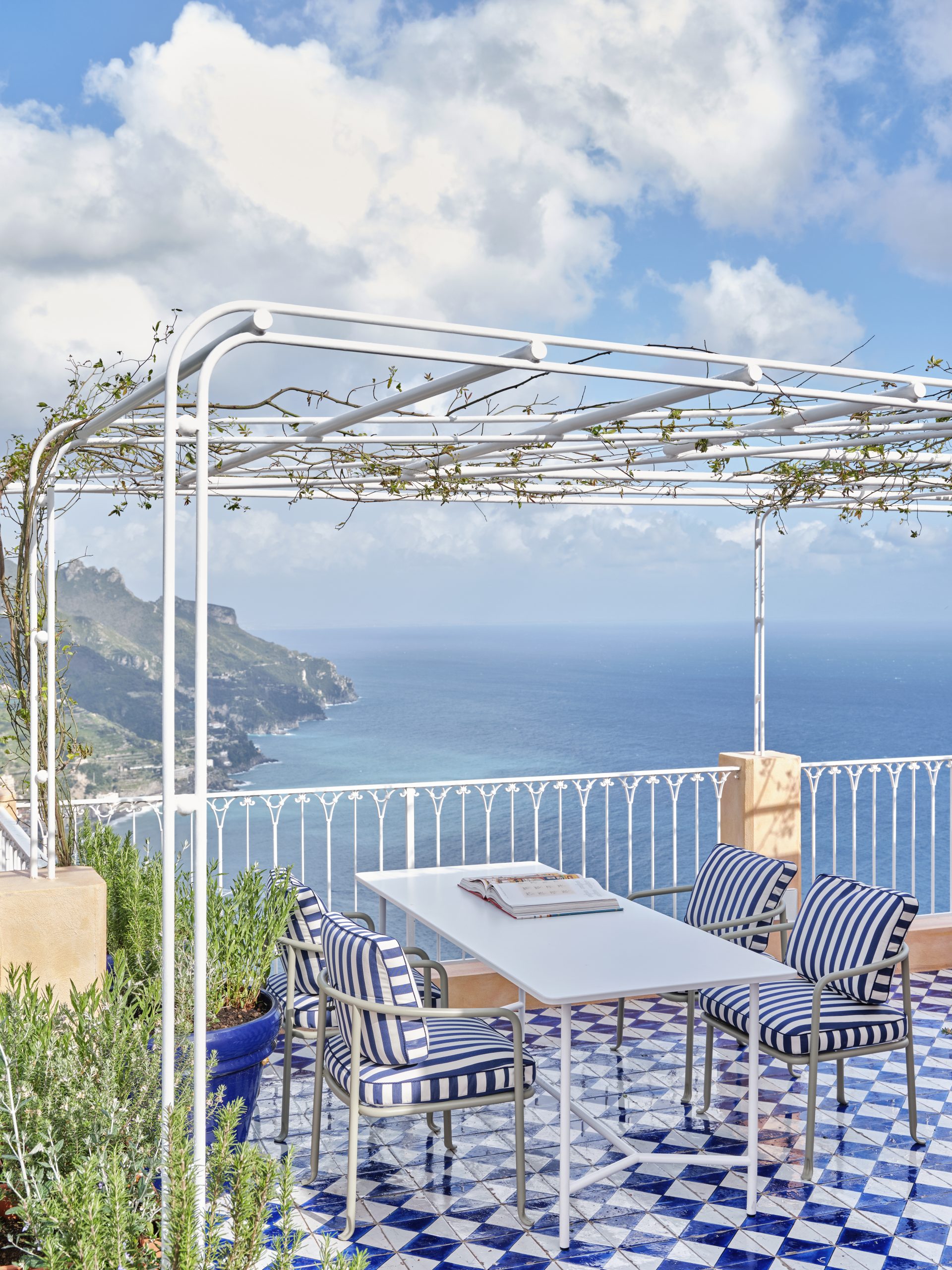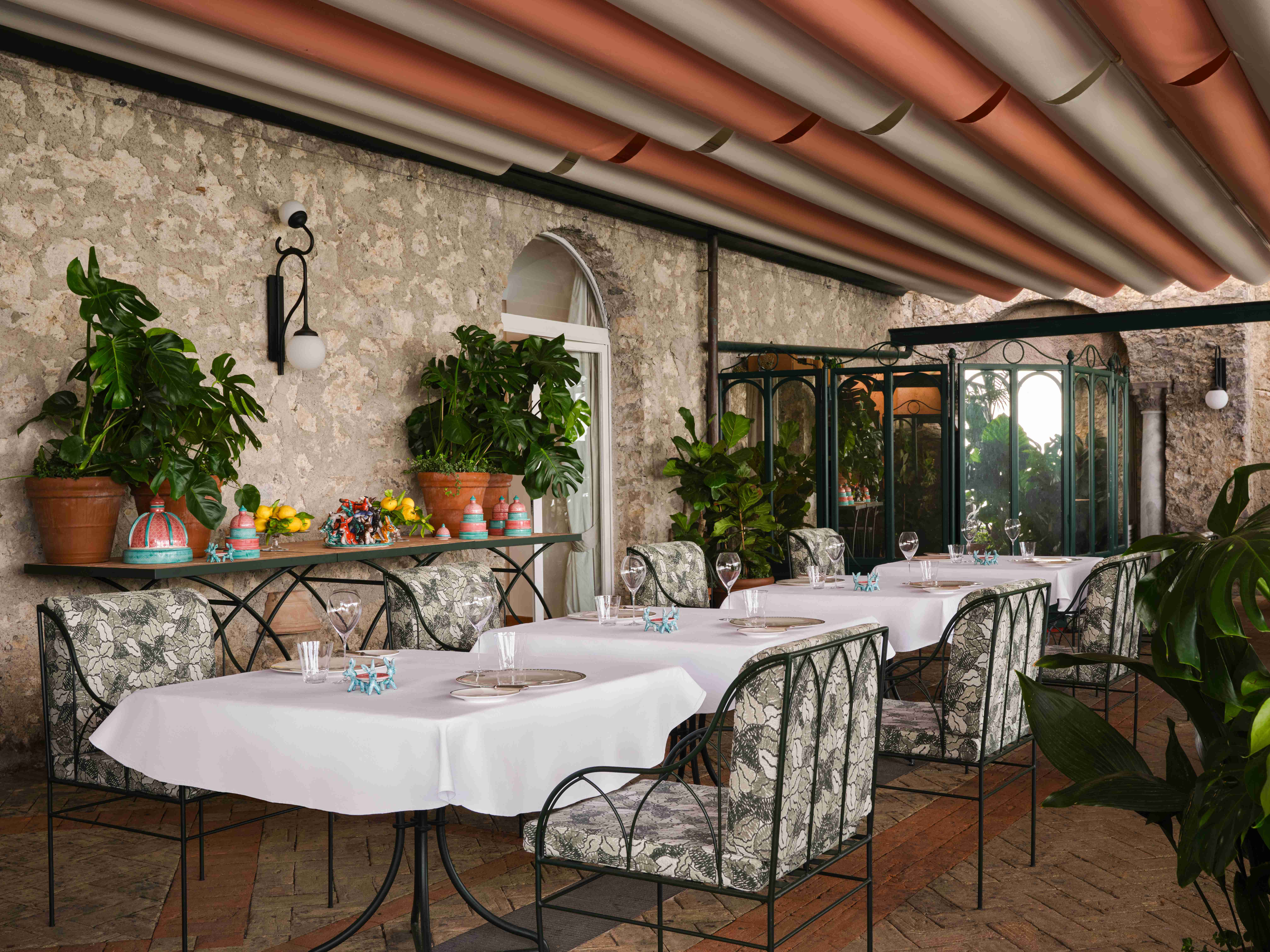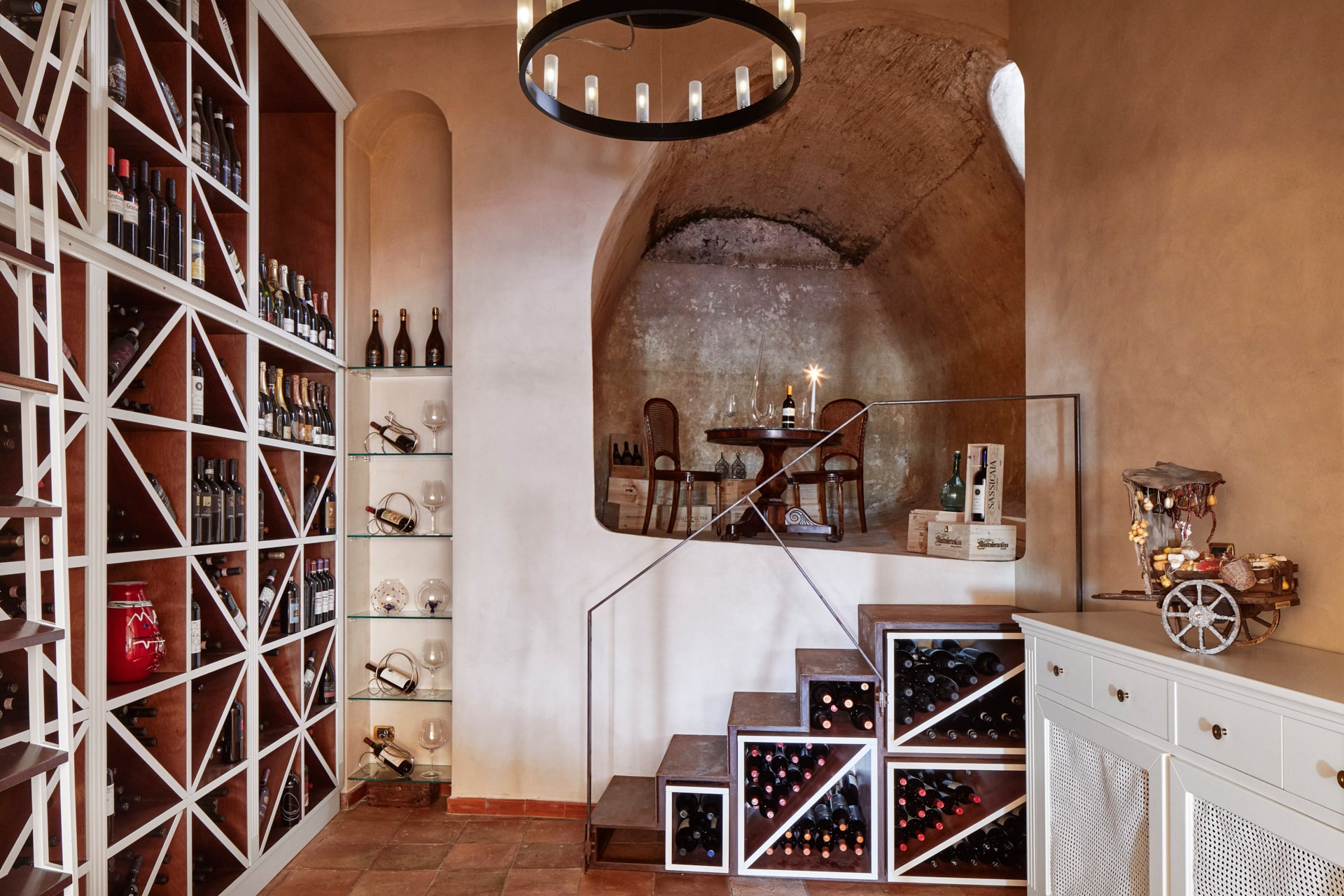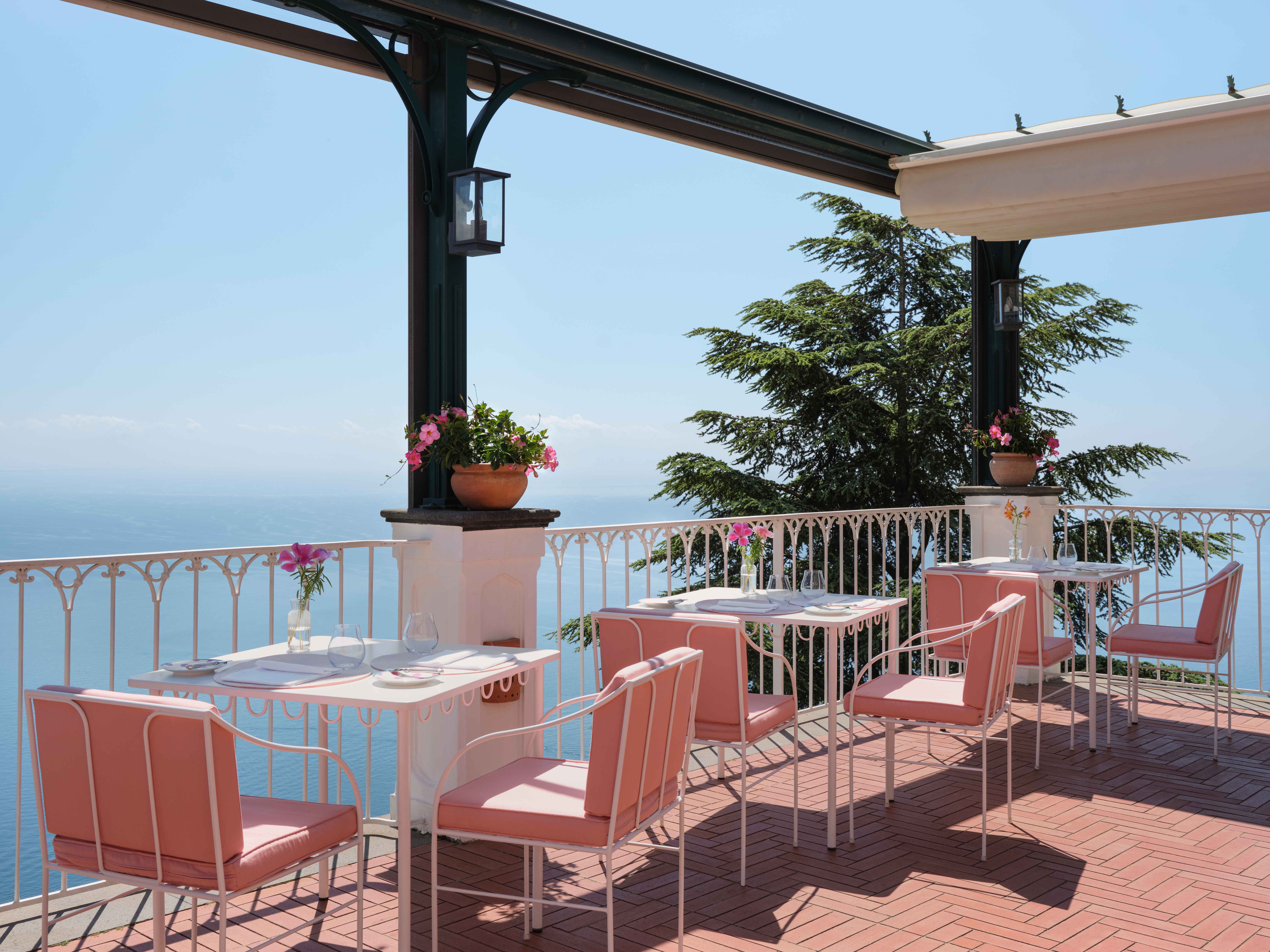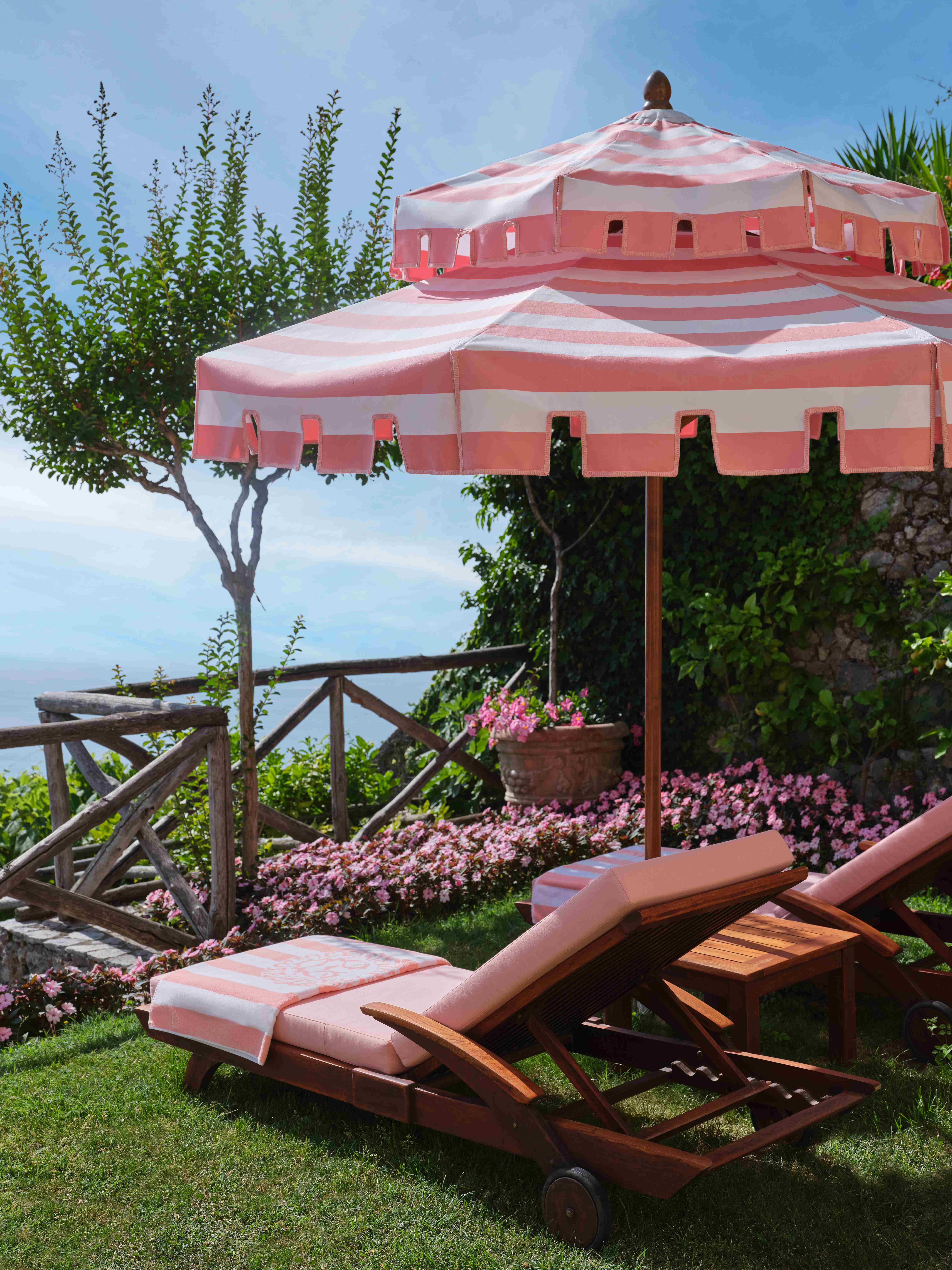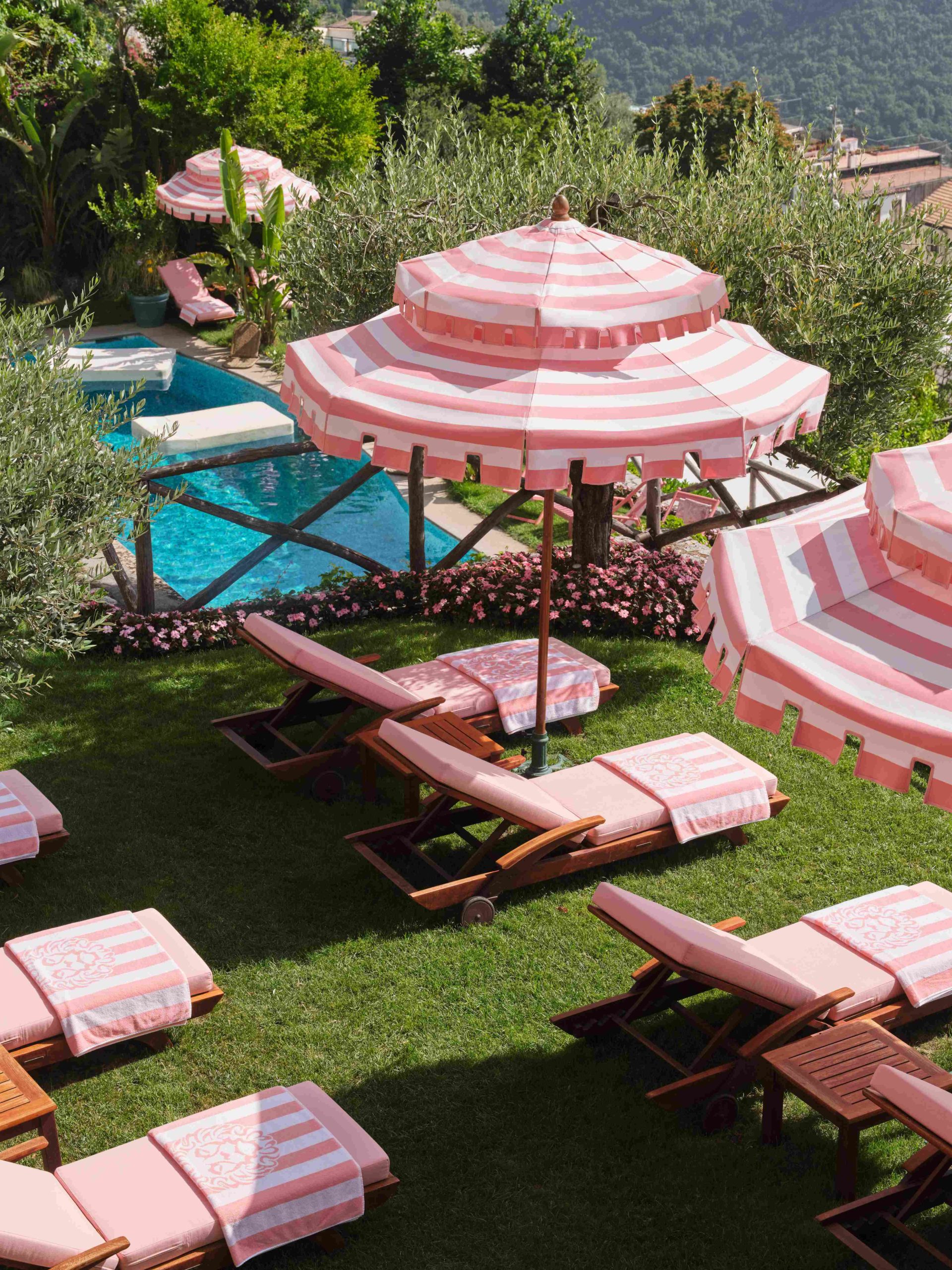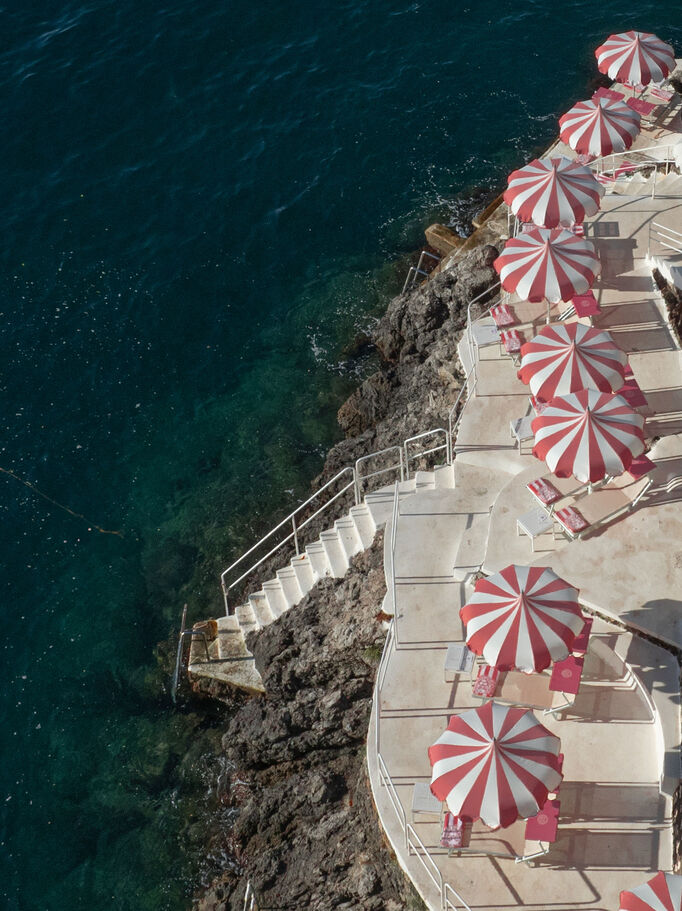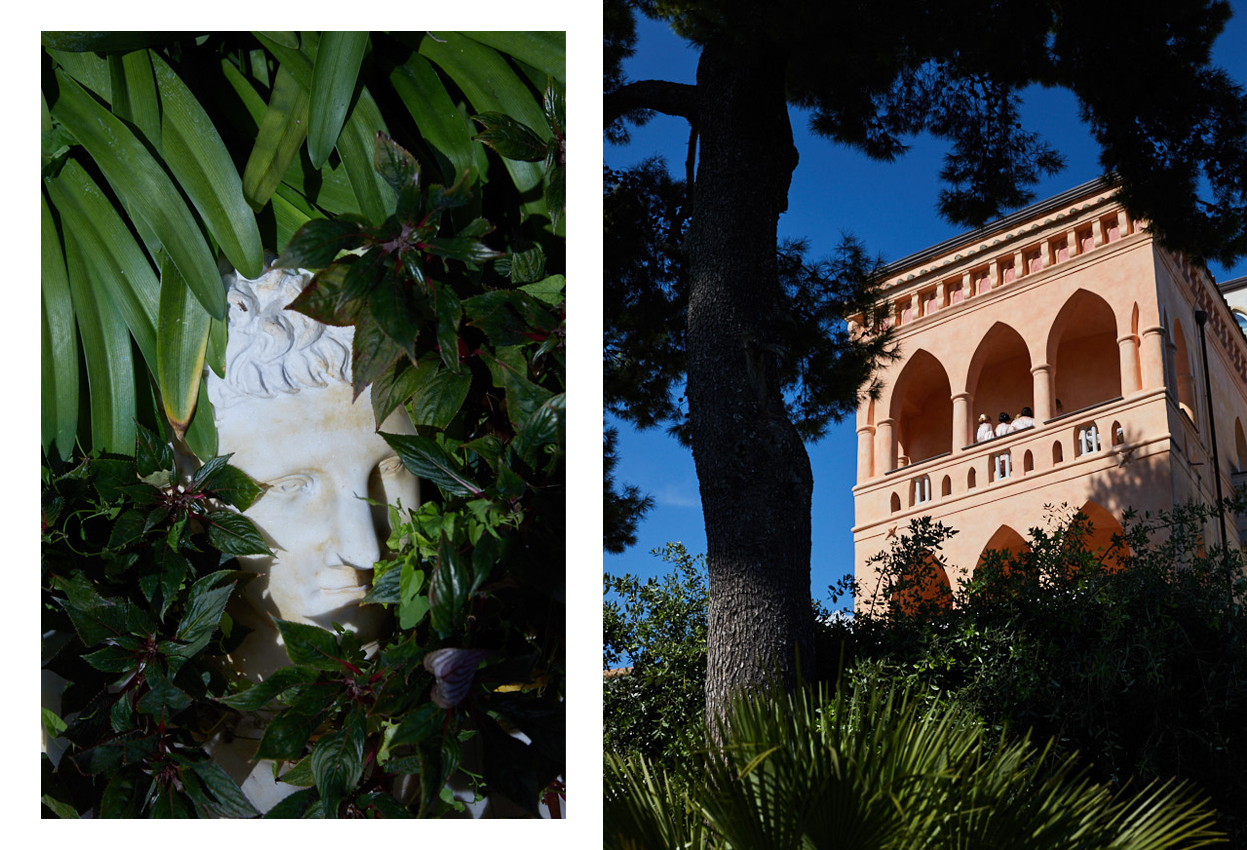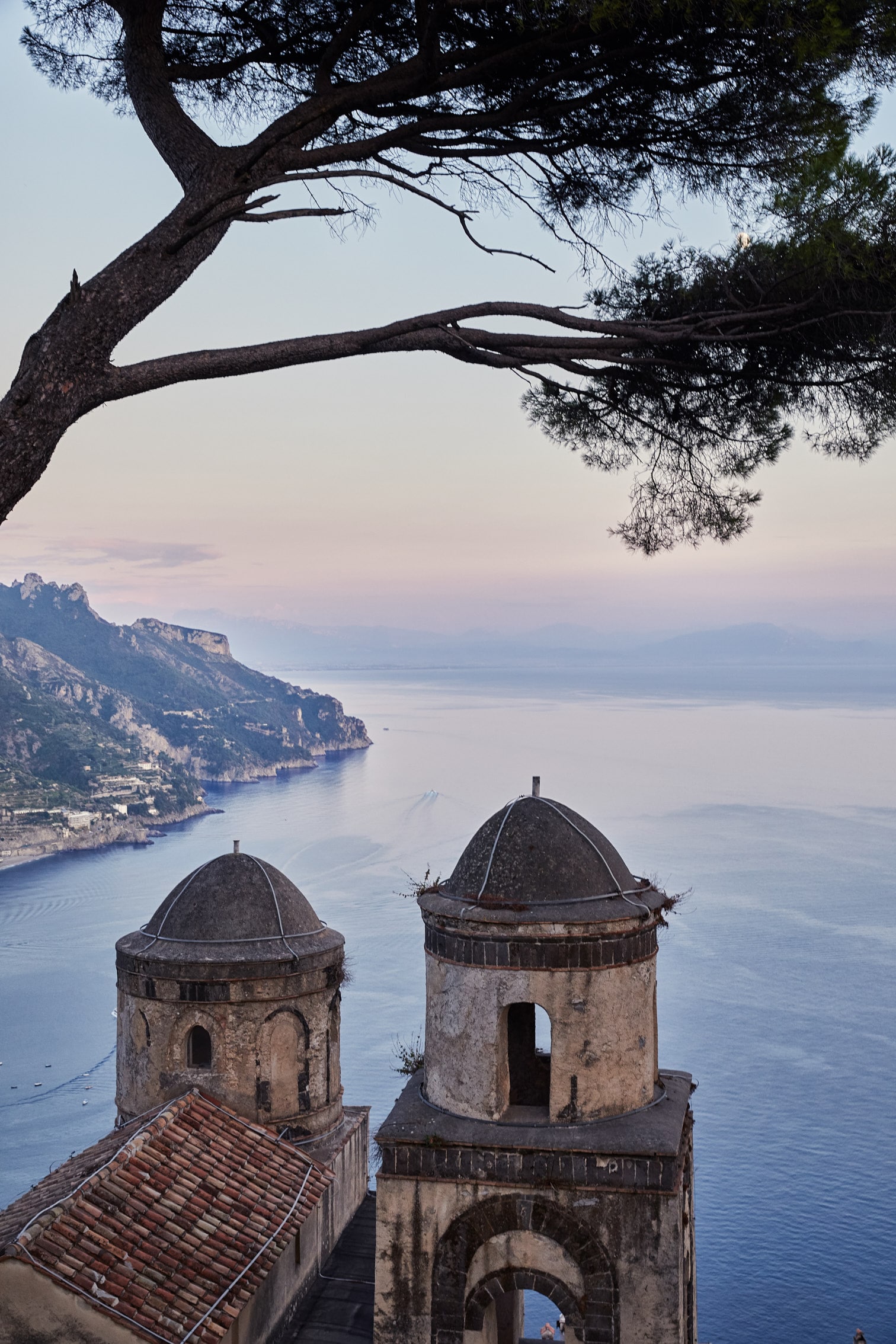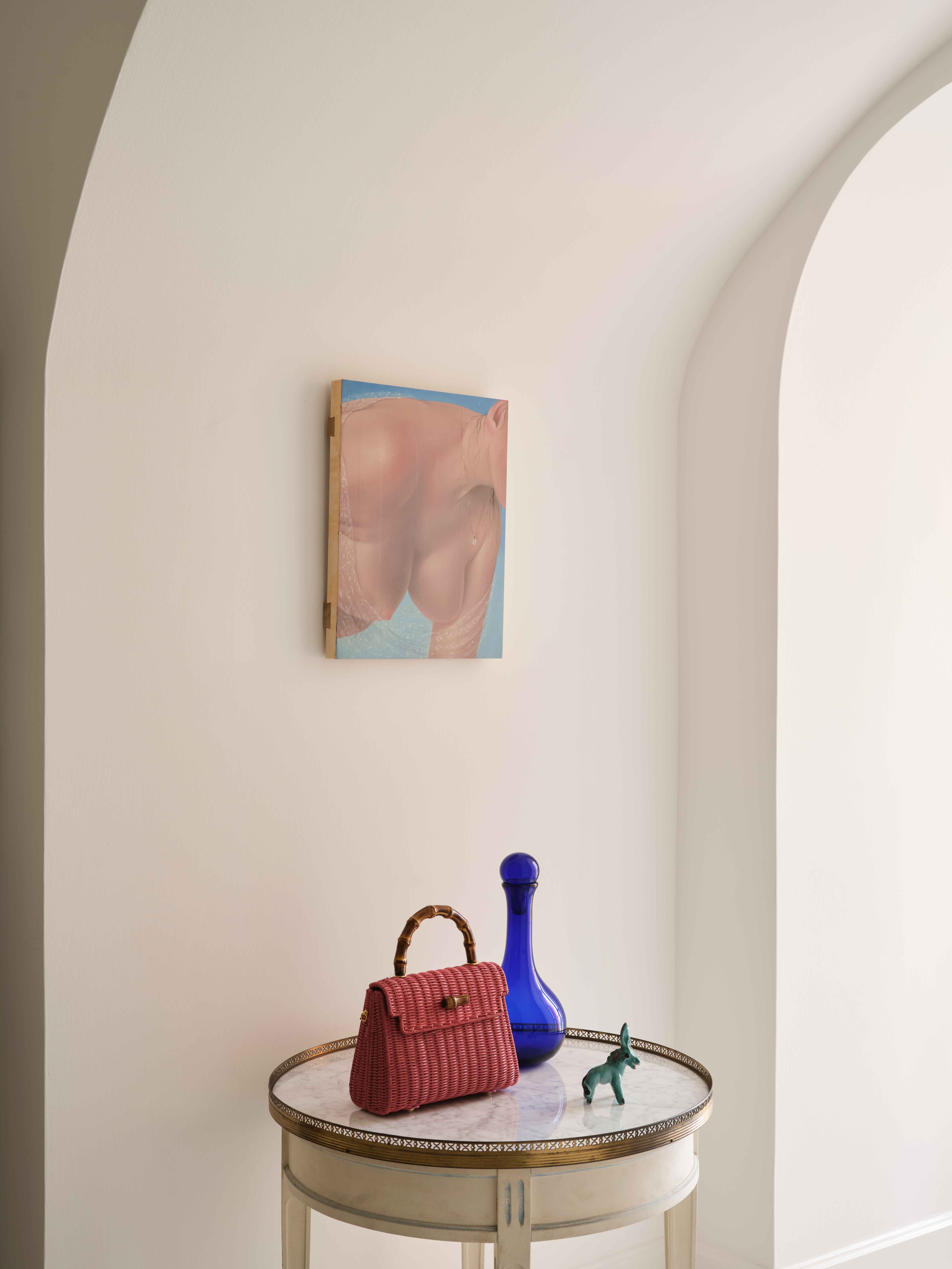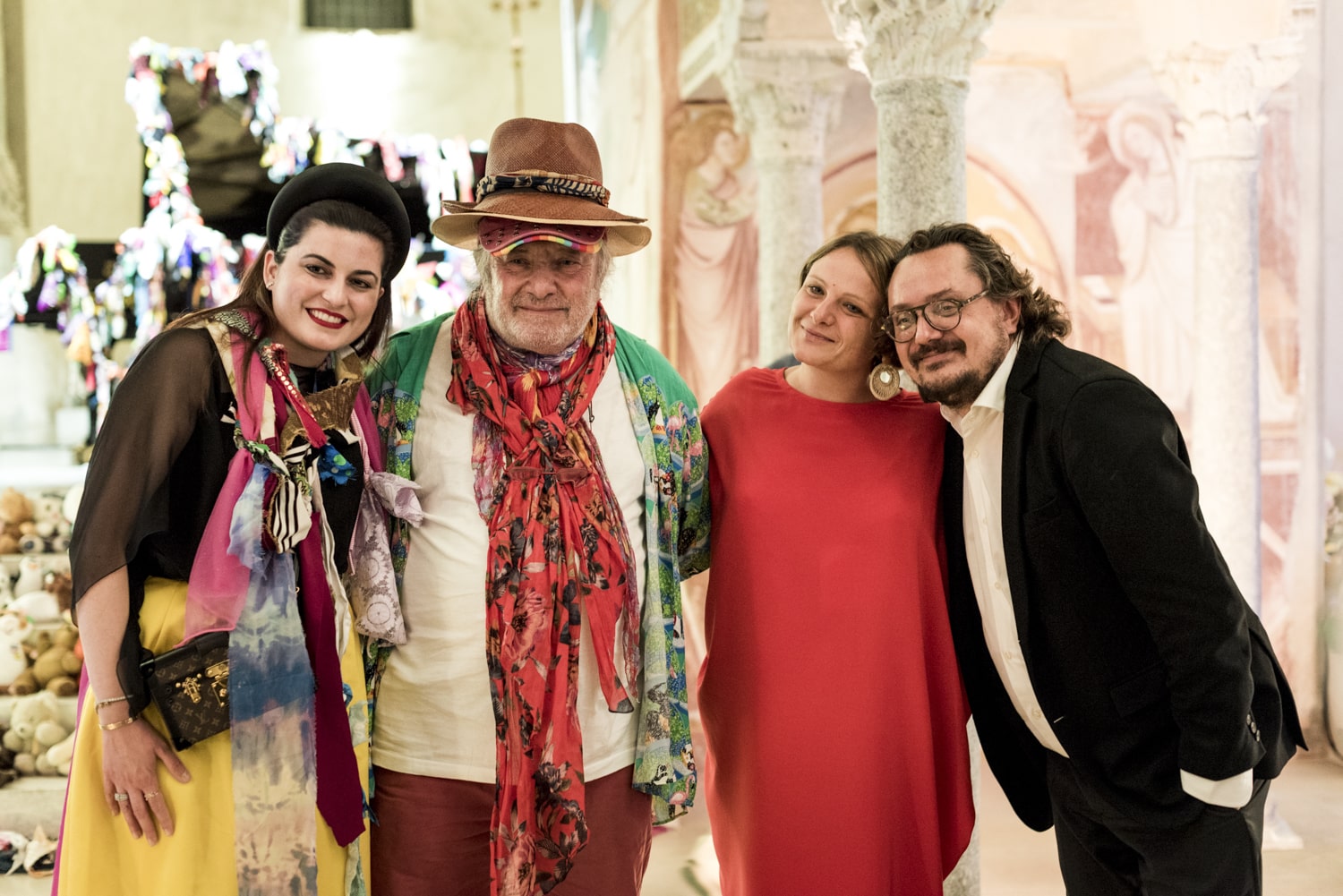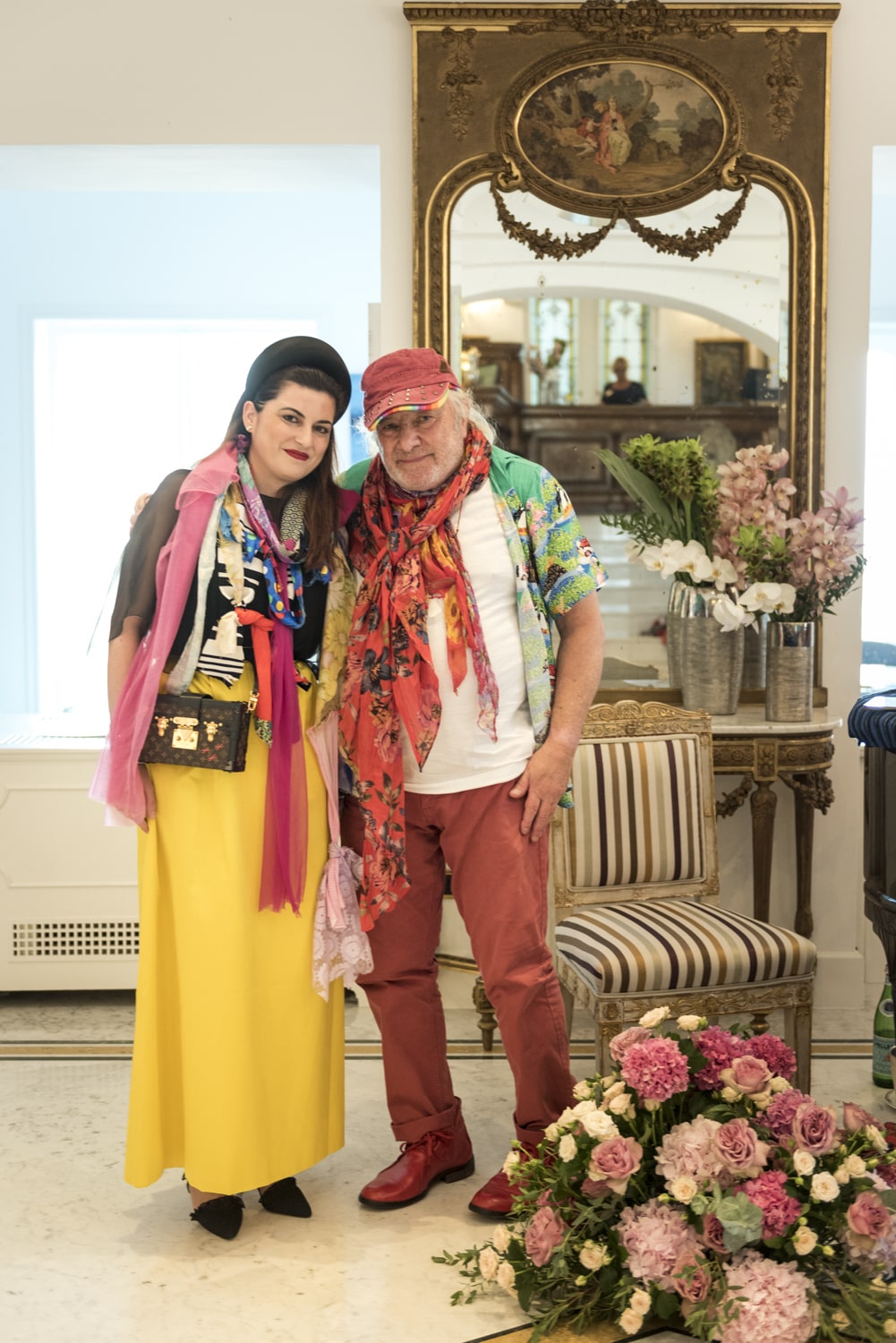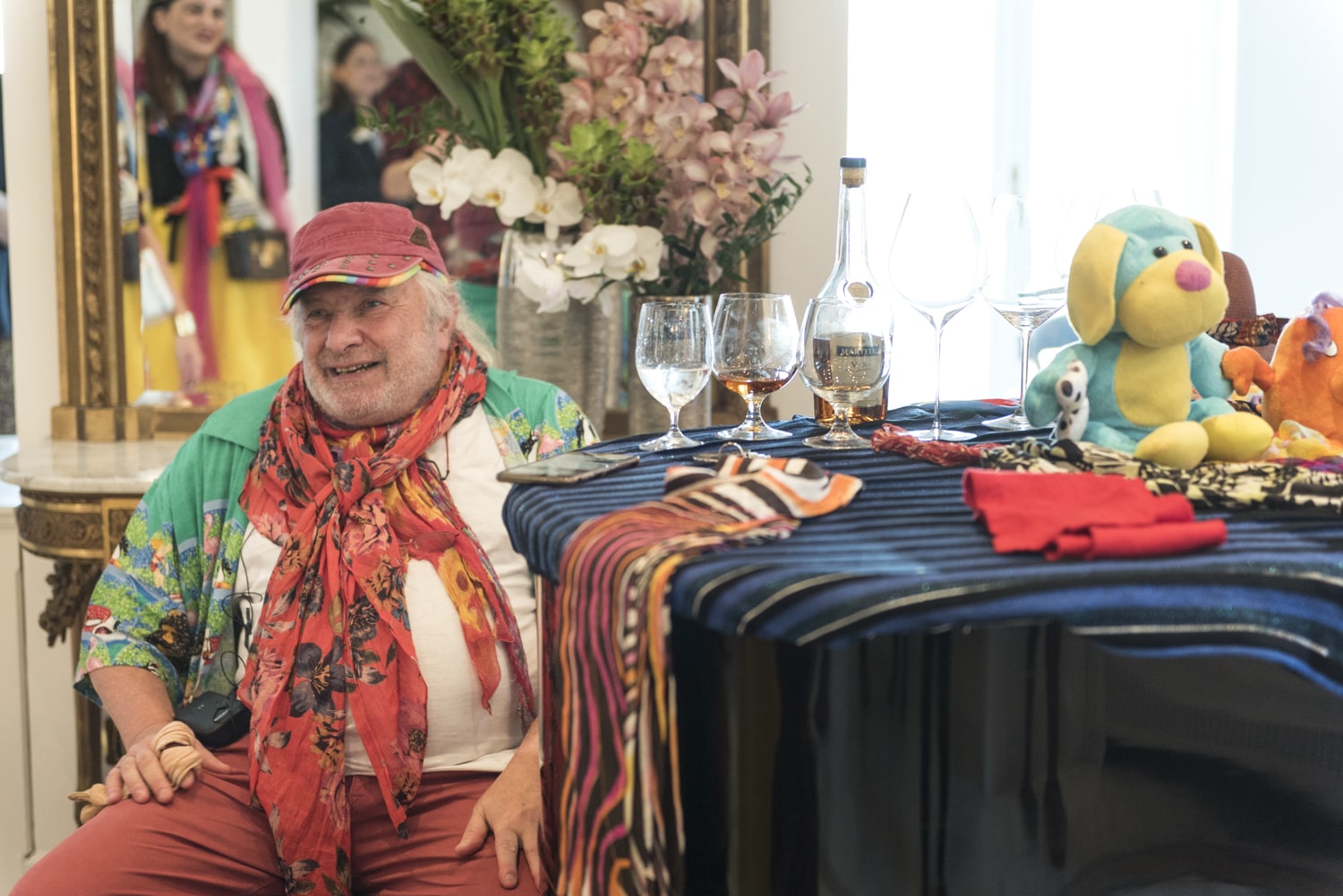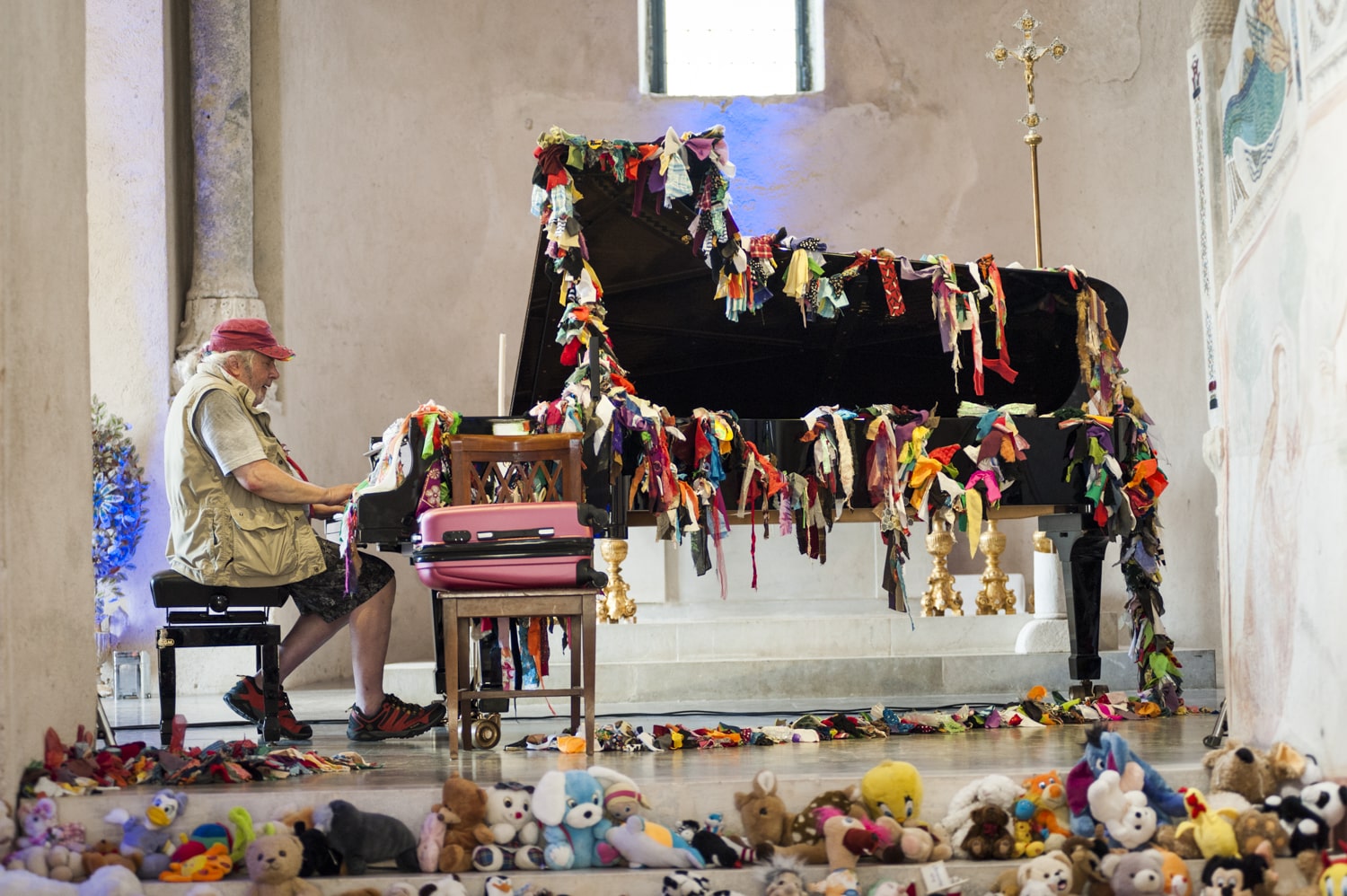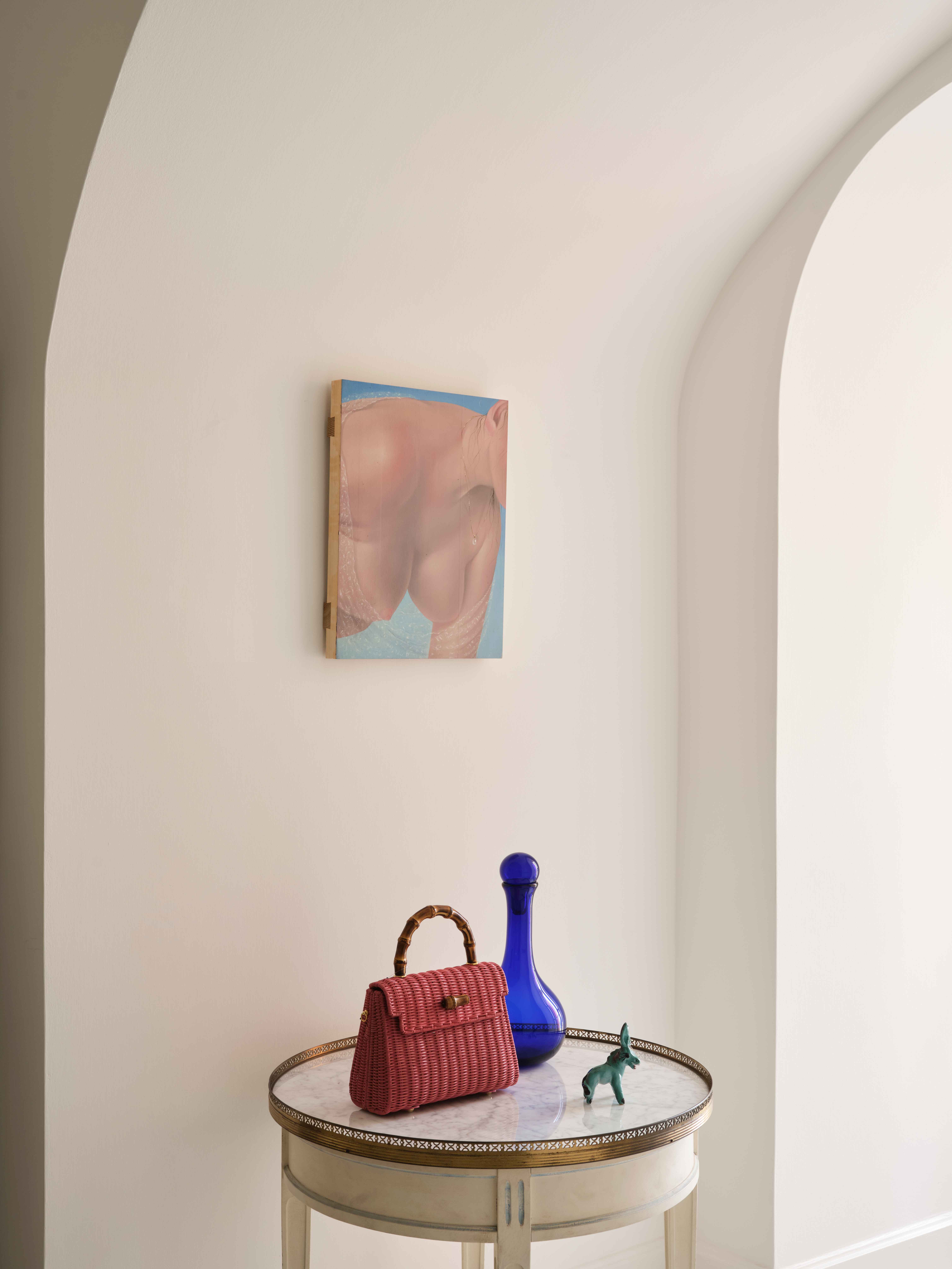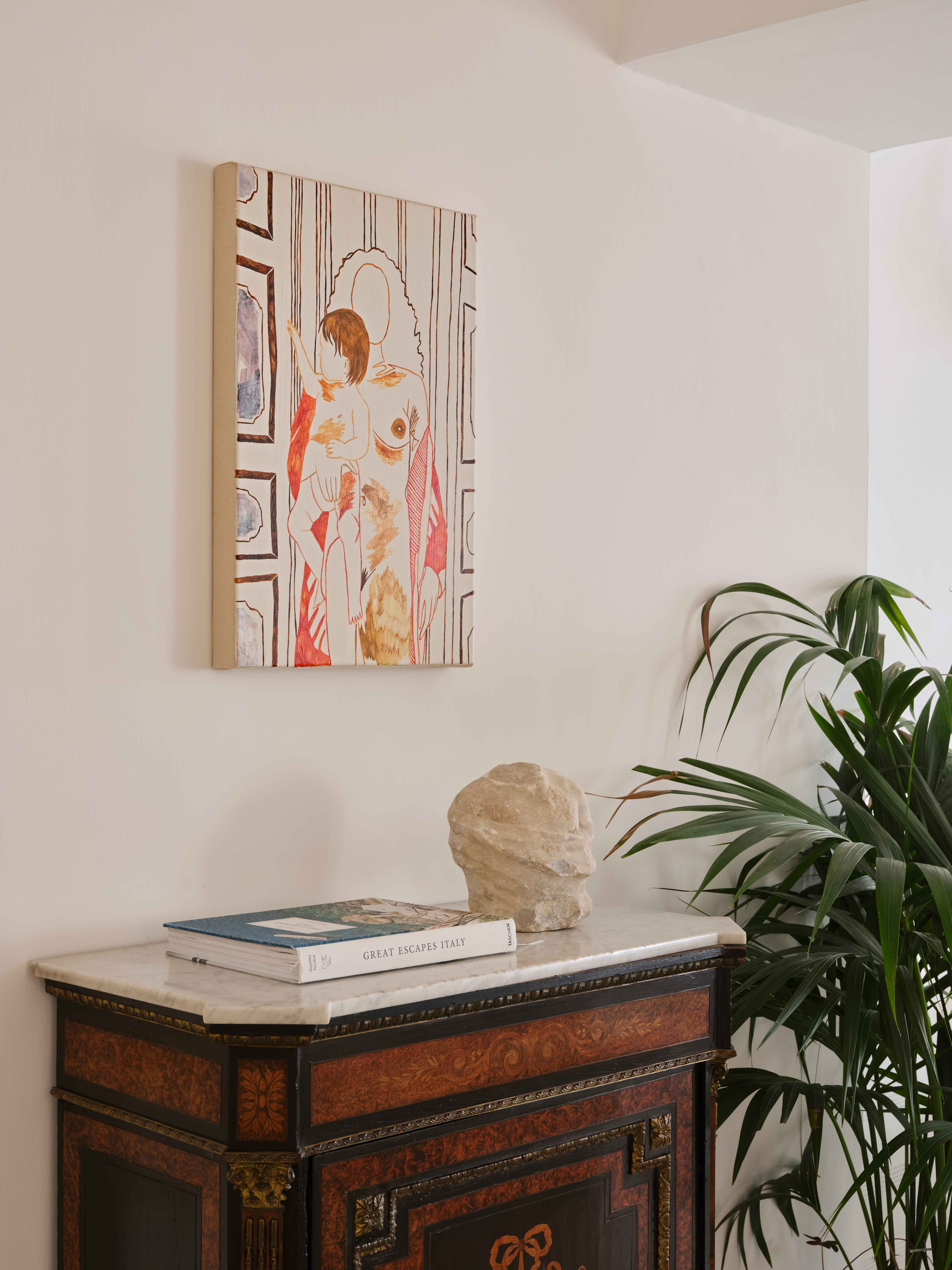ODE TO RAVELLO is a project promoted by Palazzo Avino that aims to create a dialogue between contemporary art and music. In the first edition of ODE TO RAVELLO, in 2019, the American composer and artist Charlemagne Palestine, presented “””Strummingsssss per i Misteriiiii dell’Infinito”””, a sound work for the piano he has conceived for the thousand year-old church of San Giovanni del Toro in Ravello.
Charlemagne Palestine has been the first artist invited to take part in ODE TO RAVELLO, selected by a Committee made up of Fabio Agovino, collector; Mariella Avino, Managing Director of Palazzo Avino; Cloe Perrone, curator; Laura Valente, president of the Fondazione Donnaregina and of the Madre Museum in Naples, and Andrea Viliani, artistic director of the Madre Museum in Naples.
The history of Ravello is marked by many artists who have fallen in love with it, from Boccaccio to Leonard Bernstein: from Giuseppe Verdi to Edvard Grieg, Arturo Toscanini to Leopold Stokowski; Theodor Adorno, Robert Capa, Truman Capote, E. M. Forster, André Gide, Joan Mirò, Guido Piovene, Paul Valery, Gore Vidal and Tennessee Williams, but also contemporary artists such as Mimmo Paladino, Francesco Clemente and Sandro Chia, Michelangelo Pistoletto and Giulio Paolini, or Tony Cragg.
And Richard Wagner that in the 19th century theorized the revolution of the theatre as a total work of art, and who would appreciate that in the village perched high above the Amalfi coast – which impressed him so much that he exclaimed: “The enchanted garden of Klingsor has been found!” (in the visitors’ book of Villa Rufolo, 26th May 1880) – an idea of contemporary trends which very much resembles the man who is at the centre of his artistic narration that is still practised today: a man who is investigated in his totality of mind, feelings and sensory nature, responding to a “theatre” which has to use all the forms of expression. The exact term that Wagner uses in The Artwork of the Future (1849) is Gesamtkunstwerk, i.e. “unitary work of art”, a technique of composition that has also been applied for over 40 years by the maestro Charlemagne Palestine.
According to Wagner’s theory of the total work of art, all forms of expression (poetry, music and dance but also architecture, painting and the figurative arts) are positioned in a relationship of comparisons and exchanges (which also recall the other concept dear to Wagner of “organicity”), the only ones that are capable of expressing the most intimate essence of a man in dialogue with his time.
Charlemagne Palestine has created installations, works and performances since the 1970s, becoming recognized as one of the greatest precursors of the 20th century, and one of the greatest contemporary artists. His works dialogue in general with holy places and cultural architectures, to increase and intensify their “magical mysteries and sacredness.”
The prestigious venues that have hosted works by the artist include, to mention only a few: Cathedral Sé, Lisbon, Portugal; Church of Saint-Eustache, Paris, France; Santa Maria in Chiesa Rossa, Milan, Italy; Cathedral of Saint-Pierre, Geneva, Switzerland; Cathedral Saints-Michel-et-Gudule, Brussels, Belgium; Basilica of San Martino Maggiore, Bologna, Italy; the Pyramid of the Louvre, Paris, France; Villa Medicea, Artimino, Italy and Villa Borghese, Rome, Italy.
The opera-performance by Charlemagne Palestine at the church of San Giovanni del Toro in Ravello has been filmed by a troupe.
Charlemagne Palestine was born in Brooklyn, New York in 1947. He is a “Gesamtkunstler”, an artist of sound, a composer, an artist, a filmmaker and an installation artist. … As a composer-performer, he originally qualified to be a cantor and then a carillonneur; he has always performed his works as a soloist. Electronic sonorous continuums were his first pieces; then he discovered the Bösendorfer Imperial Piano of Vienna and started to transform pianos into electronic acoustic synthesizers of sound using a special technique called Strummminggggsss where each string of the instrument has a voice of its own and the rapid alternation of notes, accords and registers merge to become a physical spectrum of echoing sonorities which interact in the space with sacred architectures and magical atmospheres to carry listeners away on a flying carpet.



